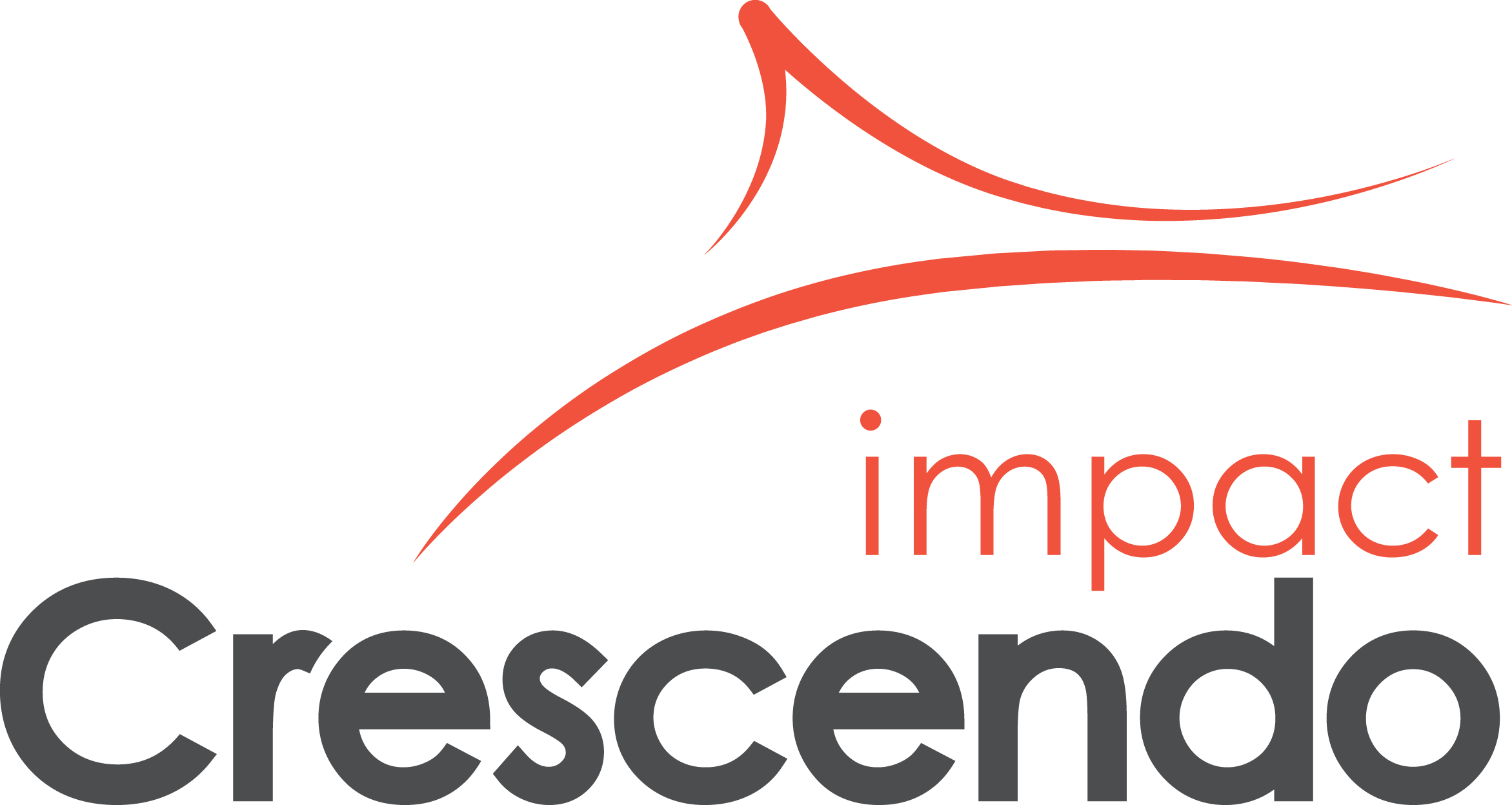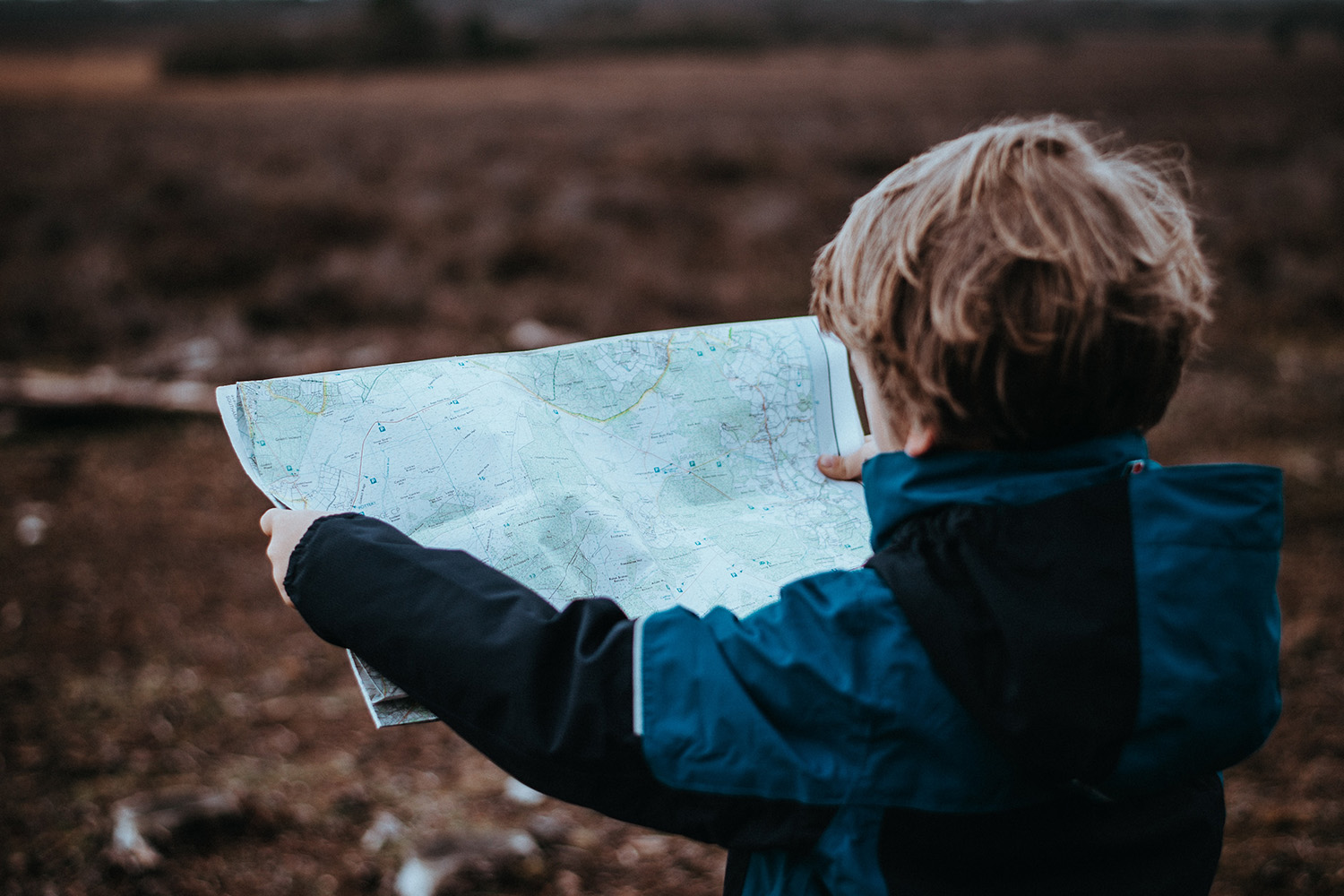Does it seem like every article these days starts with a reference to the complex, volatile, and deeply changing world? We may be tired of it, but it is a reality that occupies our minds and guides our actions on a daily basis.
I’m not telling you anything new by saying that the speed at which we’ve all had to learn over the past year is just a glimpse of what the future holds. It has been, and will continue to be, a challenge to stay the course and feel that we are keeping our heads above water.
Yet, many of us have a deep desire to grow and flourish, despite the many questions we ask ourselves…
- How do we allow time for development, both our own and that of our team members?
- How do we continuously develop and navigate complexity without feeling exhausted?
- How much time do we really need to free up for learning?
- What strategies allow us to make great strides with minimal effort?
This article leads you to alternative ways to accelerate your development without running out of steam, while contributing to the company’s success. This involves taming a few foundations, which I like to call “the flip side of development”:
- The brain learns from experience. The demands of work and everyday life are the raw material for development. Nothing needs to be added… except maybe a pinch of salt. 😉
- Development is a mindset. Have you set your switch to the learning mode?
- Self-awareness is an essential lever for development and cultivating it does not necessarily require more introspection!
The brain learns through experience
Our brains work tirelessly to ensure our survival. Robert Kegan likes to say that our minds have two great projects: to grow and not to die (to survive). Whether we approach it from the angle of developmental psychology or from the neuroscience research of Lisa Feldman Barrett and others, science informs us that our brain constructs, over the course of its experiences, a conception of the world and of our place in it. This “map of the world” filters everything we experience, including everything we believe to be possible and impossible. But the map is not the terrain, and your construction of reality is not reality.
Therefore, there are a lot of things in life that we don’t do, often for two reasons:
- We do not believe them possible, since we never imagined that it could be done or our past experiences lead us to believe that it is not done.
- We are afraid of suffering unbearable losses. We sincerely want to do something, but we believe that taking action carries significant risks for us. For example, our self-image, our self-image, our desire to look good or to never be seen in a certain way are traps that prevent us from taking action.
What if the fatigue we collectively feel is not from our efforts to learn, but from the efforts to maintain the status quo?
Imagine that your world map is no longer adapted to the terrain, but you persist in using it. You know as well as I do that hiking in the forest with an inaccurate map rarely gives good results… You go around in circles. You don’t get closer to your destination. You’re running out of steam.
In the face of complexity, if your instinct is to persevere and redouble your efforts, but your world map is poorly adapted, you risk getting lost and feeling exhausted.
👉🏽 The alternative path: re-map the terrain in which you operate
👉🏽 First access tracks:
- With humility, ask yourself, “How could I be wrong?”
- Follow up by exposing yourself to new perspectives with the primary intention of challenging your assumptions and refining your perception of reality. ” Ah! I thought this trail was along the river, but it’s more of a cliff … I’ll adjust my map! “.
👉🏽 Example:
- World Map: If I treat everyone with kindness, I will naturally exercise fair and inclusive leadership. Humility (How could I be wrong?): Is my kindness enough? Can it sometimes have a negative effect? Perspective: I observe the impact of my actions and words. I am open and curious when someone expresses a sense of unfairness or exclusion as a result of my actions or those of others. I welcome disequilibrium and listen to understand the impact beyond my intentions. I adjust my world map and my behaviour, without adding anything.
Development is a mindset
In a previous article, we saw that in order to learn sustainably without feeling overwhelmed, our brains need purpose, sustained effort, and practice.
But there is a flip side: in order to develop and thrive as adults, we must be willing to learn. Otherwise, we will live a host of experiences during our life from which, without our knowledge, our brain will build its map of the world. And we know that the brain has the annoying habit of spotting and confirming what is already there!
Rather than going with the flow, psychologists Adam Grant, Robert Kegan and Lisa Laskow Lahey propose, each in their own way, to act as a scientist and to rethink the world by conducting experiments that confront our assumptions.
👉🏼 The alternative path: exploring the edges of your development
👉🏼 First access tracks:
- Change the label. Rather than labeling a feeling of disequilibrium as “stressful,” take it as a clue that you are in an area of fertile growth and clarify the emotion: what might this feeling be if it is not stress?
- Then set the switch to learning mode to activate your curiosity: What can this experience teach me about myself, my team, my organization, the world at large? All you have to do is let yourself be surprised!
👉🏼 Example:
- Label: I have a big presentation to make to a client and I am feeling stressed! In fact … it’s more like enthusiasm mixed with anticipation. Switch: I realize how meaningful this project is for me and the repercussions it will have for the organization. It’s a golden opportunity for us to start the conversation, especially as the client shares our aspirations. I’m going to speak from the heart and see how it connects with her …
Self-awareness: an essential lever
Self-awareness is at the heart of our ability to learn from our experiences and therefore of our development as adults. According to Tasha Eurich, this is a meta-skill that we can’t afford to do without, since it is the source of many abilities such as emotional intelligence, empathy, influence, communication, collaboration …
However, her research has shown that few of us have an accurate perception of who we are and of our impact on others. In fact, only 12 to 15% of adults have mastered this rather rare quality… In fact, people with low self-awareness are the most likely to say the opposite, which greatly increases the likelihood of them derailing in their career.
Cultivating self-awareness is not without pitfalls, including introspection trap. There is a common myth that if we are capable of introspection and devote ourselves to it ardently, we will have greater self-awareness. That there is a certain truth about oneself to be excavated. However, there is not one truth, but several realities that our brain is constantly working to construct. So, even though it may seem counterintuitive, dwelling on our thoughts, emotions, motivations, and behaviours does not necessarily raise awareness and can lead us into an unproductive vortex of rumination.
👉🏾 The alternative path: adopt the stance of a seasoned explorer
👉🏾 First access tracks:
- Observe. It often only takes a very small step back to see the sensations, thoughts, emotions, impacts experienced through our experiences.
- Then spot the triggers for your unproductive thoughts and emotions, your recurring behaviours, etc. This will allow you to learn from your experiences and make better choices for the future.
- Dose. When you step back, it only takes 10 seconds for your brain to take the “long road” that allows you to look at yourself. Imagine what you can learn about yourself with 5 minutes of reflection or 3 deep breaths!
👉🏾 Example:
- Observe: What’s going on right now? What am I feeling? Triggers: This situation reminds me of the last time I had to salvage a derailed project… I canceled my week’s vacation and felt a lot of frustration! Dose: 10, 9, 8… How is this situation different? Taking over may not be the only option…
It is my hope that you will have picked up on reading this article some ways in which you can invest in your development without having to put in unbearable effort. Each is a “pinch of salt” that amplifies your brain’s natural learning mode. The more you stay open and curious about who you are and who you can become, the more it will contribute to your growth and fulfillment, but also that of your team and the organization in which you work. Everyone wins.


